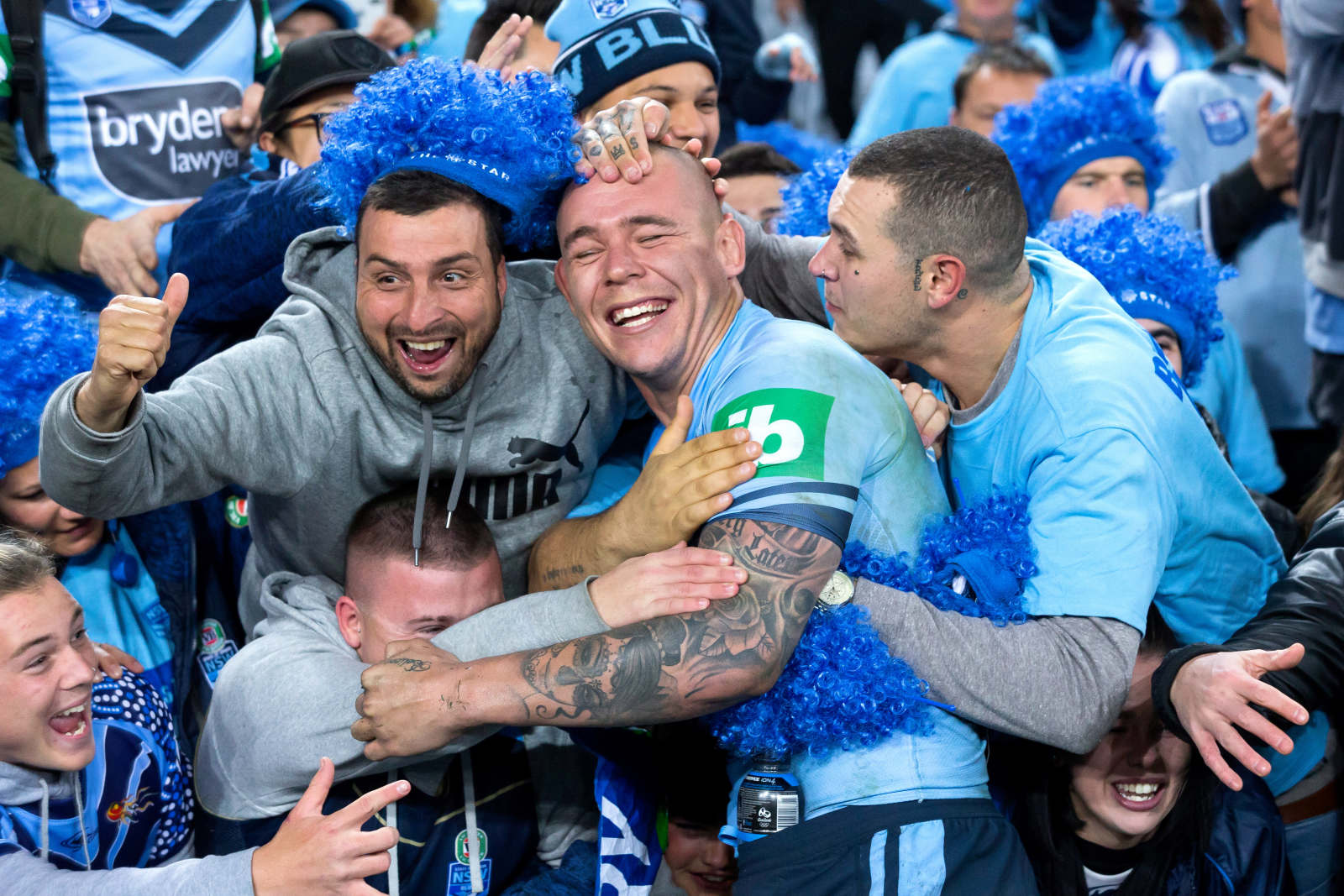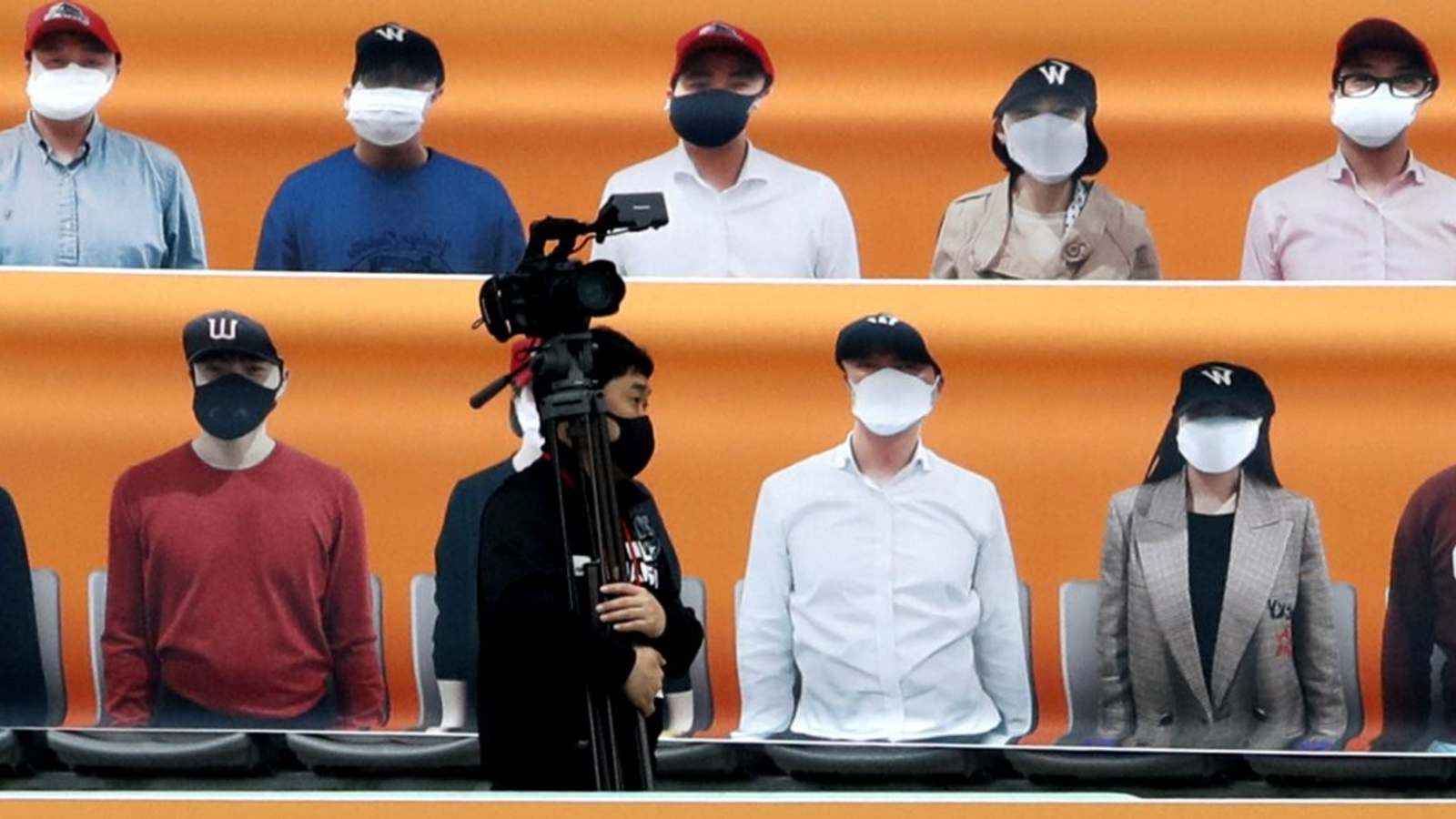Challenges at every turn if NRL wants fans back in stands on July 1
by Phil LuttonSitting several seats apart, no food or drink on sale, entering and leaving venues in shifts, the echo of deserted terraces – when the fans return to watch live sport, it will not be the same as when they left.
And the issues and uncertainties about a return to stadiums means even the Peter V'landys juggernaut looks outmatched, after he signalled the NRL's aim to have fans back in the stands by July 1.
The prospect of returning to stadiums has been dangled in front of fans like a shiny jewel by upbeat sports administrators, who have had little choice but to project optimism as seasons get up and running while COVID-19 restrictions ease.

The NRL, the most bullish of the domestic winter codes, originally said it hoped crowds could be back in time for the finals in October and the State of Origin series planned for three weeks in November.
Now ARL Commission chair V'landys has floated the first day of July as a starting point for punters to trickle back into rugby league grounds. Being ambitious is nothing new to rugby league's kingpin but the logistics are challenging, to say the least, and the data on large post-pandemic gatherings are slim.
"The in-between times are the areas they may need to think more about. It’s even how you get there, being outside the ground, how do you keep those areas from being too crowded? There’s quite a bit to think through," said Dr James Wood, an associate professor in the School of Public Health & Community Medicine at UNSW.

"How much of your stadium can you fill? I don’t know. We are recommending in public places a gap of 1.5m ... do we exactly know what that number should be? No, we don’t. The further away, the better. Not jam-packed is ideal.
"Seating arrangements, if families want to sit together, can you do that? How do you check? I think there are solutions to all of these issues but there are quite a lot of separate issues."
Woods said there would be a degree of experimentation when authorities eventually give crowds the green light. Having the COVID-19 app installed may be a necessity for buying a ticket, parts of the grounds may be seated and cleared in sections, and food and drink may have to be pre-ordered, if they are on offer at all.
"We’re going to have to try things a bit and learn from experience. We’ll have a number of games and see if things occur. There will be enough contact that happens at these events to get a sense of whether it is high risk or not," Woods said.
"I think open air is considerably less risk but even a closed stadium is a particular problem, a basketball game for instance. There’s a high ceiling, a lot of air space in there, so it’s not quite the same as offices.
"I don’t know about food outlets. We are opening restaurants and things like that but there are going to be a lot of people crowding around them. It doesn’t seem like a good idea at the start. Just one infected person serving out food is a concern, I think."
One of the few examples of mass gatherings during a pandemic was the Asian Youth Games in Singapore in 2009 during swine flu. But the coronavirus has halted mass gatherings on a global scale and the return to the stands remains more complicated than leagues, clubs and tournament hosts may have anticipated.
NSW chief medical officer Dr Kerry Chant said on Monday she was happy to assist the NRL as it tries to win the race to repopulate the stands as well as the playing surface. But with NSW Premier Gladys Berejiklian lukewarm to the idea at best and Queensland counterpart Annastacia Palaszczuk likely to be just as cautious, V'landys will have to find fresh reserves of fairy dust to accomplish his latest challenge.